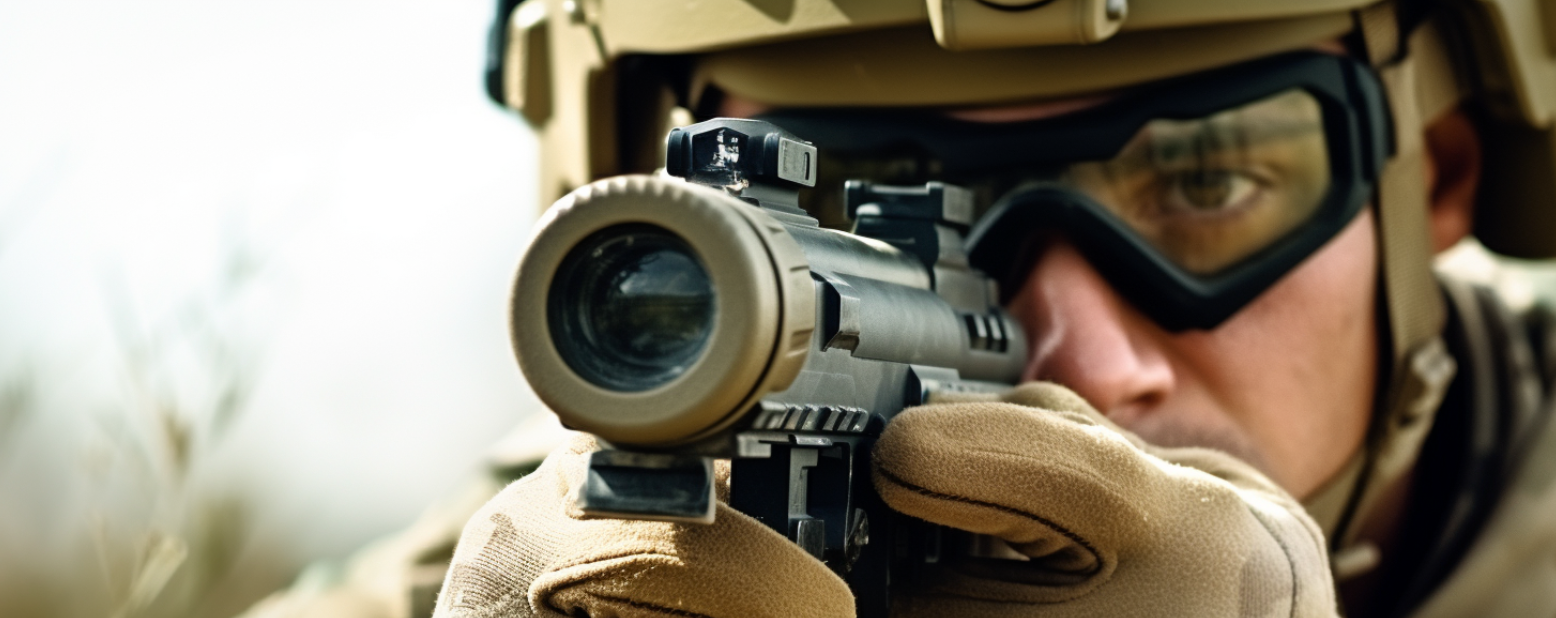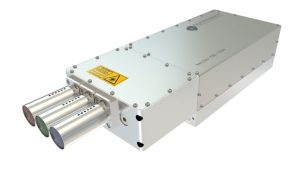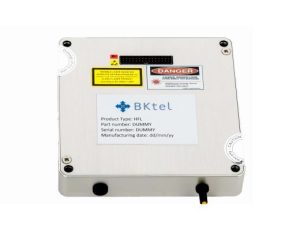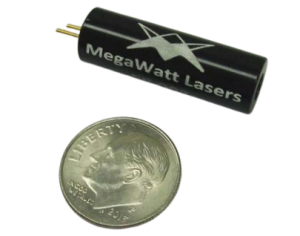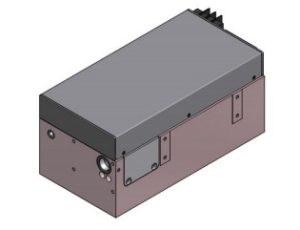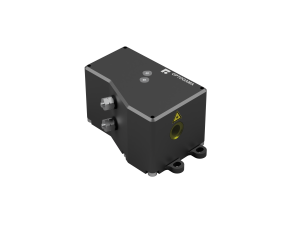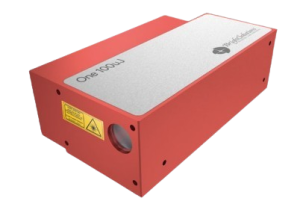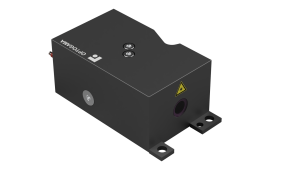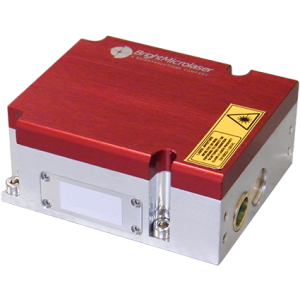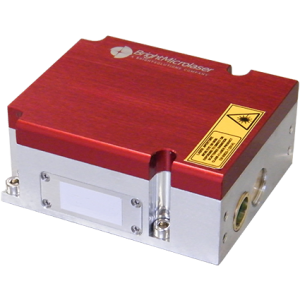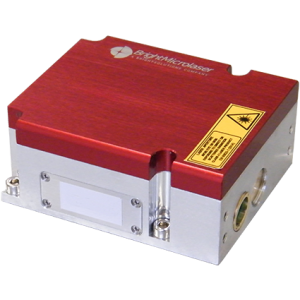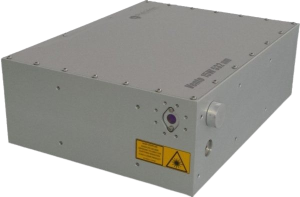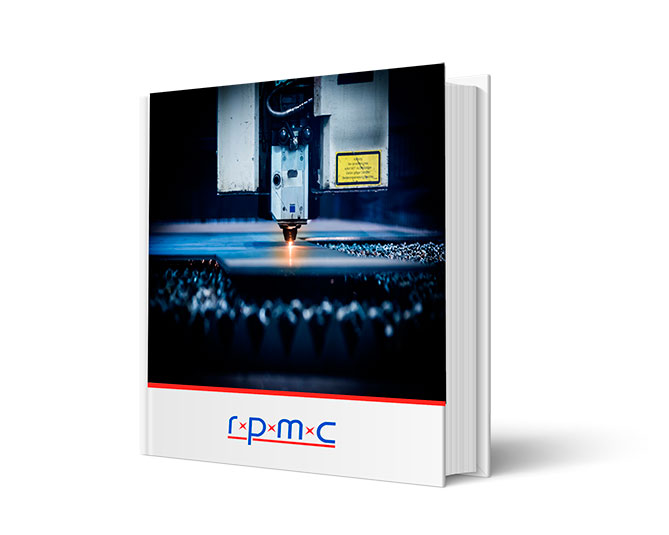The Low SWaP Lasers We Offer:
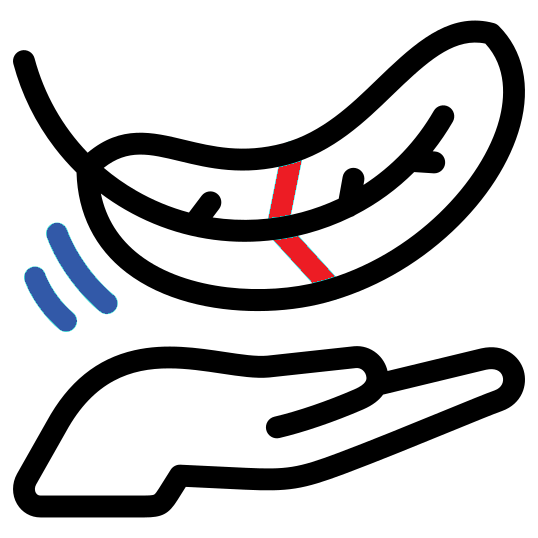
Compact, Lightweight, Energy Efficient – Ideal for Defense & Aerospace
-
- Extremely compact, and ruggedized single-unit platforms for portable, handheld & airborne
- Thermo-mechanically stable, ensuring reliable performance in demanding conditions
- Energy-efficient operation minimized power consumption supports tight design constraints
Versatile Configurations & Technology – Wavelengths from UV to SWIR
-
- Wavelengths from UV (266nm) to “Eye-safe” SWIR options (1.5µm)
- Single-mode and multimode beam profiles with free-space or fiber-coupled outputs
- High peak power/pulse energies for demanding LIDAR & range finding applications

Made-in-the-US, Ruggedized, MIL-Spec & Customization Options
-
- Compact, lightweight, ruggedized designs for handheld/portable & extreme conditions
- US-made laser systems offer reliability, durability & low SWaP configurations
- Customizable wavelengths, output powers, packaging & more to meet your requirements
For nearly 30 years, RPMC’s selection of Low SWaP Lasers has set the standard for affordable precision across a wide range of applications, from defense to medical, industrial, and research with 1000’s of successful units in the field. We understand that every application has unique requirements, which is why our configurable platforms are designed to offer the perfect fit for your needs—whether you’re working with fundamental wavelengths, harmonics, or specialty wavelengths. As your partner, we’re here to guide you through the selection process, ensuring that your low SWaP laser integrates seamlessly into your existing systems. With time-tested technology that balances power and precision, we’re committed to supporting your success every step of the way.

 SHIPS TODAY
SHIPS TODAY 